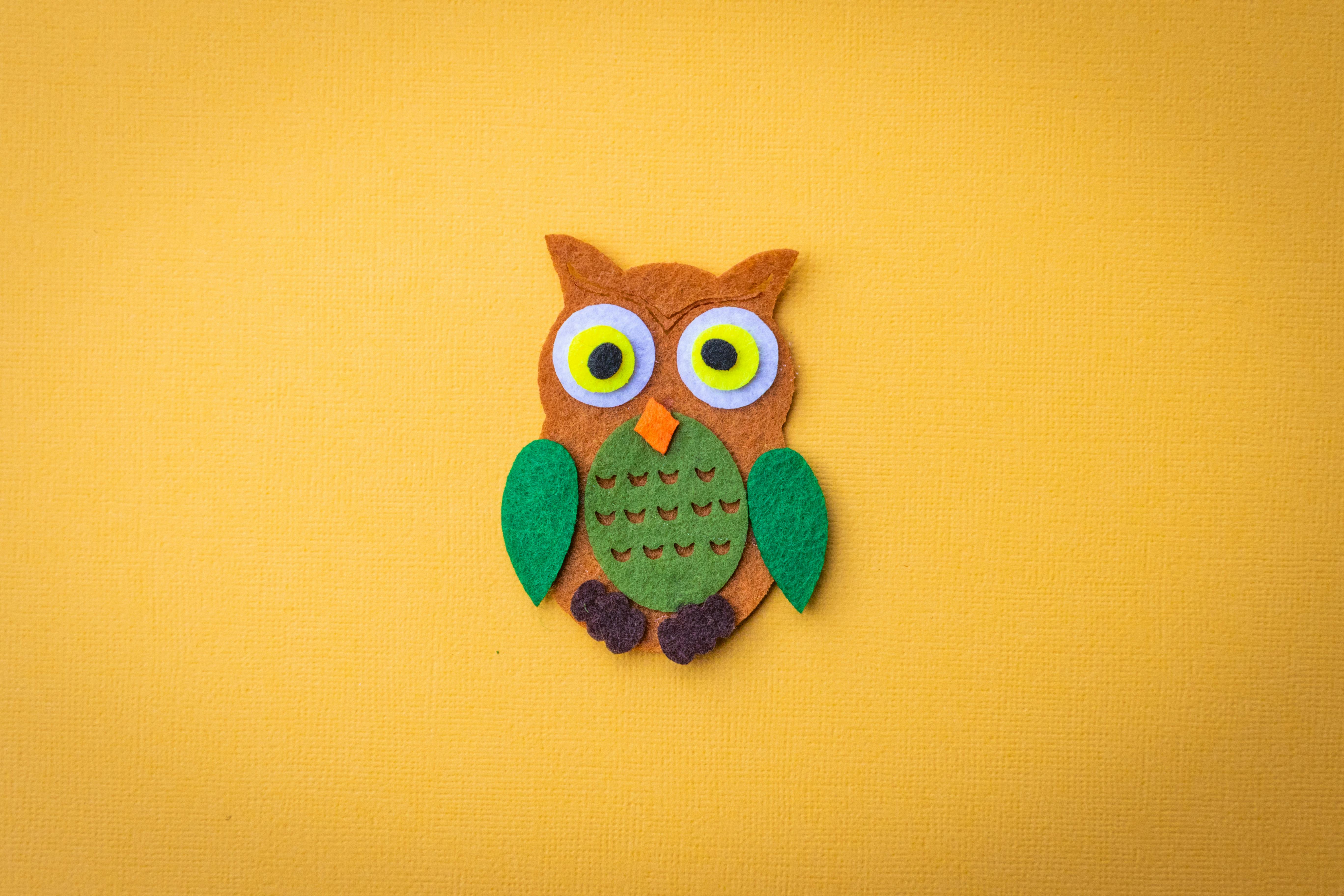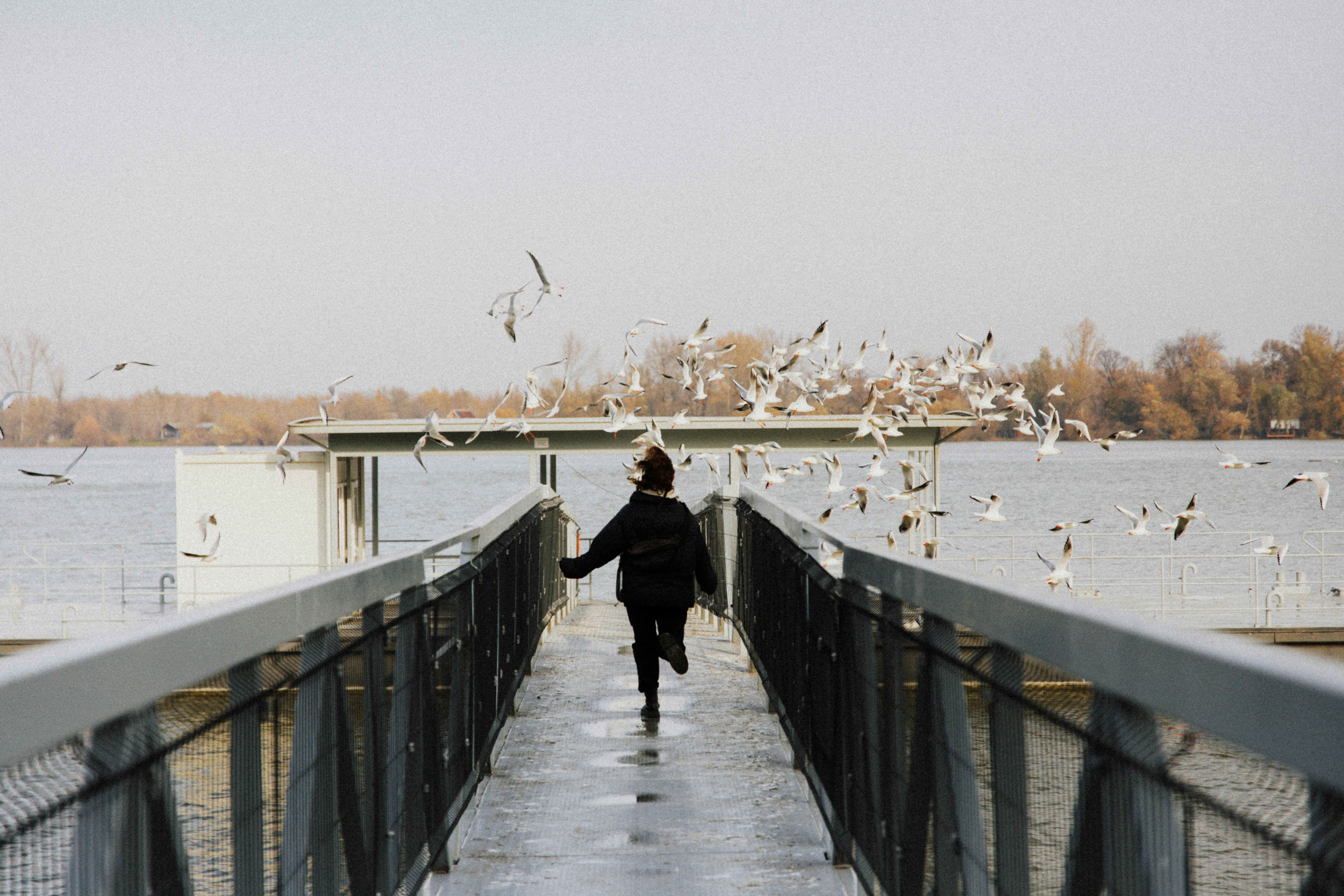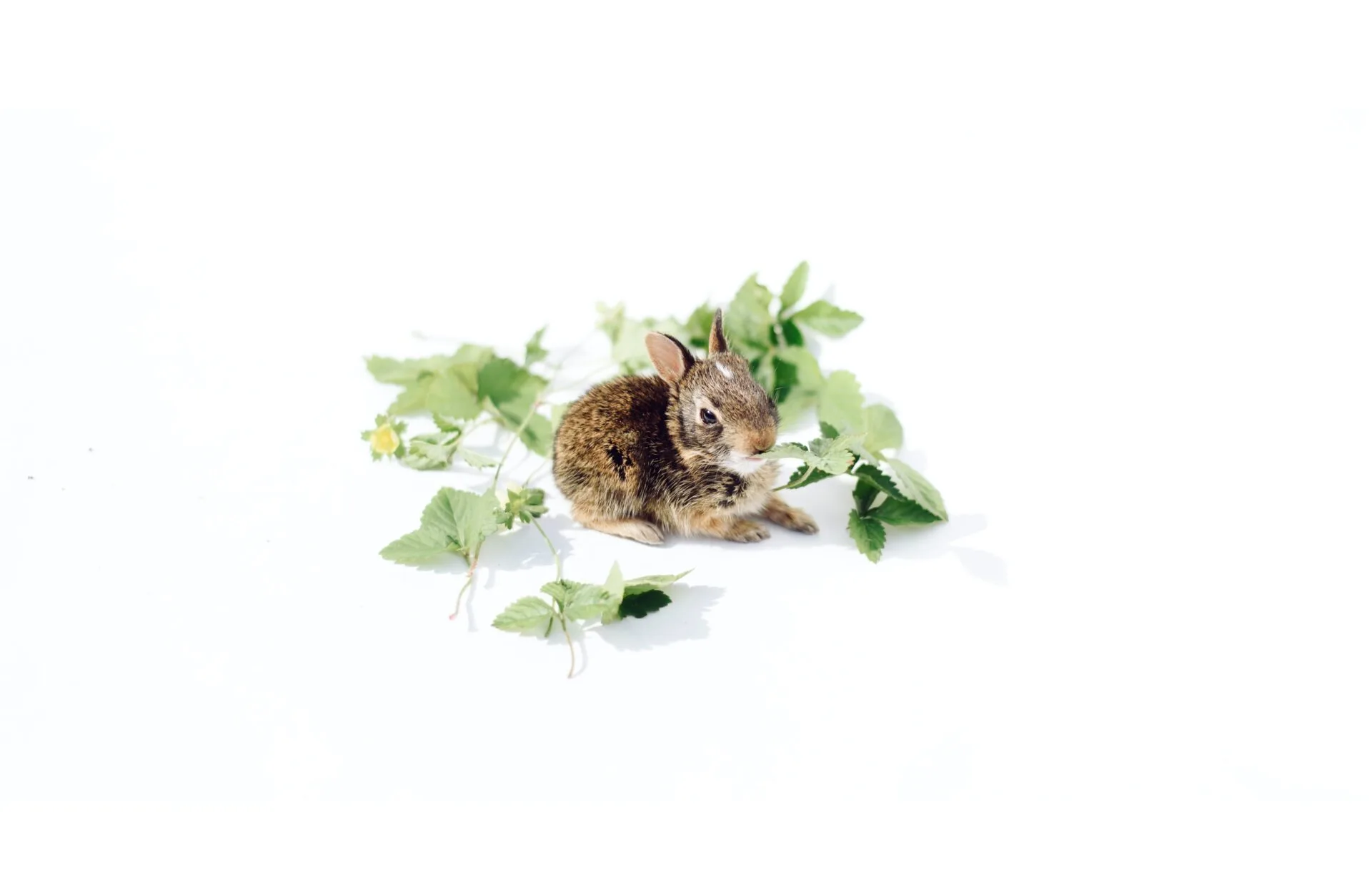If you have a strawberry patch in your garden, you may be wondering how to keep birds from eating the strawberries before you can. Fortunately, there are several methods that can help you keep the birds away and protect your strawberry patch. In this guide, we will provide some tips on how to keep birds out of your strawberry patch.To keep birds out of your strawberry patch, you can use several different methods. One option is to cover the patch with bird netting or row covers. This will physically block the birds from getting to the strawberries. You can also hang shiny objects, such as aluminum pie pans or old CDs, near the patch to scare birds away with reflected light. Additionally, you can try using homemade sprays made from garlic or hot pepper oil and water to help repel birds from the area. Lastly, setting up a decoy owl nearby may help to deter birds from coming into the strawberry patch.
Deterring Birds From Eating Strawberries
Birds can be a real nuisance when it comes to eating your strawberries. Not only do they peck away at the fruit, but they can also spread diseases that can damage the entire crop. Fortunately, there are several ways to protect your strawberries from birds without resorting to toxic chemicals.
One of the simplest ways to deter birds from eating your strawberries is by covering the plants with bird netting or row covers. These covers will keep the birds away while also protecting the plants from pests and other animals that might feed on them. If you have a large strawberry patch, you may want to consider investing in a permanent structure such as a hoop house or cold frame to provide more protection for your crop.
Another effective way to keep birds away is by using scare devices such as reflective tape or plastic owls and snakes. These items will startle birds when they come near the strawberry patch, prompting them to fly away before they have a chance to get their beaks on any of your berries. You may also want to suspend CDs or pie tins from strings around your strawberry patch – when the wind blows, these items will spin and reflect light that will scare off any nearby birds.
You can also make use of taste repellents such as hot pepper wax or garlic oil sprays that will make berries unappealing to birds when applied directly onto them. However, be sure not to apply too much or it could affect taste and quality of the fruit for humans too! Additionally, it’s important to reapply these repellents after it rains in order for them to remain effective.
Using sound devices such as ultrasonic bird repellers or bird distress calls may also help keep birds away from your strawberry patch. Ultrasonic devices emit short bursts of high frequency sound waves that are undetectable by humans but will drive away most species of birds within range. Alternatively, you can play recordings of bird distress calls through speakers which will cause any nearby birds to flee in search of safer grounds elsewhere.
Finally, another tried-and-true method for deterring birds is simply providing them with other food sources in your yard so that they’re less likely to invade your strawberry patch in search for food elsewhere. Placing feeders filled with birdseed in different areas throughout your yard should attract enough feathered visitors that won’t bother any of your homegrown fruits and vegetables!
Netting
Netting is one of the most effective strategies to protect strawberries from birds. Bird netting is available in various sizes to cover large or small areas, depending on the size of your strawberry patch. It’s important to make sure the netting is installed properly, with no gaps for the birds to get through. The netting should also be secured firmly so that it won’t be damaged by wind or other environmental conditions. Additionally, it may be necessary to use a trellis or other support structure to help keep the netting in place.
Noise Deterrents
Noise deterrents are another strategy to protect strawberries from birds. Noises such as whistles, bells, and alarms can help scare away birds that may be looking for a snack. These devices should be placed near the strawberry patch and checked regularly for proper functioning. It’s important to note that these devices must be used consistently in order for them to be effective.
Visual Deterrents
Visual deterrents can also help protect strawberries from birds. Brightly colored flags or other visual devices can help scare away birds and keep them from eating your strawberries. These devices should be checked regularly and replaced when needed. Additionally, it may be necessary to move these deterrents around periodically in order for them to remain effective.
Chemical Repellents
Chemical repellents are another option for protecting strawberries from birds. There are several types of chemical repellents available on the market that are designed specifically for bird control. These products should only be used as directed and may need to be reapplied periodically depending on environmental conditions.
By implementing one or more of these strategies, you can help protect your strawberry patch from hungry birds looking for a snack!
Using Bird Repellents To Keep Birds Away
Birds can be a nuisance when they enter our homes or gardens. They can cause damage to property, and their droppings can make a mess. Finding ways to keep them away is important for maintaining your home and garden in good condition. Using bird repellents is one way to do this.
Bird repellents are materials that are used to deter birds from certain areas. These materials can be in the form of chemicals, physical barriers or sound deterrents. Chemical bird repellents are often used in agricultural settings, such as on crops or on ponds. The chemicals work by making the area unpleasant for birds so they stay away. Physical barriers such as netting can be used to keep birds away from fruit trees or other areas where they should not be present. Sound deterrents are also used, usually in the form of ultrasonic devices that emit a sound that only birds can hear, making them uncomfortable and driving them away.
Using bird repellents is a good way to prevent damage caused by birds without harming them in any way. It is important to note however that these materials only work if they are properly installed and maintained according to manufacturer instructions. If you do not follow these instructions correctly then you may find that the birds will quickly become accustomed to the deterrents and will stop avoiding the area altogether.
It is also important to remember that bird repellents will only work for certain types of birds and situations, so it is important to research carefully before investing in any type of bird repellent product. For example, sound deterrents may work well on small flocking birds such as pigeons but may have no effect on larger predatory species such as hawks or eagles. Similarly, physical barriers may not be effective against small species such as sparrows or wrens but could be very effective against larger species such as crows or seagulls.
Overall, using bird repellents is an effective way of keeping nuisance birds away from your home or garden without harming them in any way. By researching which type of bird repellent would best suit your situation and following manufacturer instructions correctly you should be able to keep problem birds at bay with minimal effort.
Bird Spikes As A Deterrent For Pests
Bird spikes are a great way to keep pesky birds away from your property and protect it from damage. Bird spikes are long strips of plastic or metal that are installed along the edges of buildings, walls, and other structures to deter birds from nesting or roosting. The spikes are typically made of either stainless steel or polycarbonate plastic and come in a variety of sizes and shapes. They can be used on ledges, parapets, windowsills, air conditioners, and other areas where birds might try to nest or roost. Bird spikes can be an effective deterrent for many types of birds, including pigeons, sparrows, starlings, crows, grackles, and even some species of ducks.
The spikes act as a physical barrier that makes it difficult for birds to land on the surface they are installed on. This makes it uncomfortable for them to stay in the area and eventually they will move elsewhere in search of a more comfortable spot. The spikes also make it difficult for birds to build nests as they cannot get their feet between the gaps in the spikes. Bird spikes should be installed before the birds begin nesting season so they can quickly learn that they cannot land on your property.
Bird spikes are a humane way to deter pests without having to use toxic chemicals or traps that can harm the birds. They do not require any maintenance once they have been installed and will last for many years with minimal wear and tear. When installing bird spikes it is important to ensure that there is no gap between them as this will allow the birds access to the surface you are trying to protect. If you need help installing bird spikes then you should contact a professional who specializes in bird control solutions.
In conclusion, bird spikes are an effective deterrent for many types of pests including pigeons, sparrows, starlings, crows, grackles, and ducks. They create an uncomfortable barrier that makes it difficult for birds to land on your property which causes them to move elsewhere in search of a more comfortable spot. Installing bird spikes is an easy way to deter pests without having to use traps or toxic chemicals which is both humane and environmentally friendly.

Setting Up A Netting Barrier Around Strawberry Patch
Netting is a great way to protect your strawberry patch from birds and other pests. Setting up a netting barrier around your strawberry patch is a simple and effective way to keep out unwanted visitors. The first step is to measure the area you want to cover with the netting. This will help you determine how much netting you need and what size of netting you need to buy. Once you have the measurements, head to your local garden center or hardware store and purchase the necessary supplies, such as posts, screws, and netting.
Next, you will need to install your posts around the perimeter of your strawberry patch. Make sure they are firmly planted in the ground and spaced evenly apart for optimal support of the netting. Once all of the posts are installed, you can start attaching the netting to them. Start at one end and work your way around until all of it is securely attached. Make sure there are no gaps or openings in the netting that animals could get through.
Finally, once all of the netting has been installed it’s important to check it regularly for any tears or wear that may occur over time due to weather or other factors. If any damage is seen, replace it immediately with new sections of netting so that your strawberry patch remains protected from pests and birds. With a little bit of effort and regular maintenance, setting up a netting barrier around your strawberry patch will help ensure a successful harvest season!
Planting Species That Birds Don’t Eat Nearby
If you are looking to create a bird-friendly landscape and want to avoid attracting birds that might eat your plants, there are several species of plants that birds don’t typically eat. These plants are often native to the area and can help you create a beautiful and diverse landscape. Some of the most common species that birds don’t typically feed on include:
Trees: Oaks, hickories, maples, magnolias, sweetgums, dogwoods, and cedars.
Shrubs: Junipers, boxwoods, azaleas, rhododendrons, mountain laurels, viburnums, and hollies.
Perennials: Hostas, daylilies, coneflowers, black-eyed susans, bee balm (monarda), yarrows (achillea), liatris (blazing stars), salvia (sages).
Annuals: Marigolds (calendula), petunias (petunia), viola (viola), sunflowers (helianthus), dianthus (dianthus).
These species offer a variety of textures and colors for your garden that will attract birds without providing them with food. For example, many trees such as oaks or maples provide canopies for birds while shrubs like junipers or azaleas provide dense foliage for cover. Perennials like hostas or daylilies provide bright splashes of color while annuals such as marigolds or petunias can add more texture and color variation to your garden. By planting these species near each other you can create a beautiful landscape that will attract birds without providing them with food sources they may consume.
Utilize Noise Makers, Visuals, and Scented Repellents To Scare Birds Away
Noise makers, visuals, and scented repellents are all effective tools to use in order to scare birds away. Noise makers such as whistles or horns can be used to startle birds and make them take off. Visuals such as reflective tape or scarecrows can also be used to make birds think twice before returning. Scented repellents are also useful in discouraging birds from entering an area. These scents include peppermint oil, garlic, and mothballs. All of these methods can be used together or on their own to help keep birds away from a specific area.
It is important to remember that these methods should only be used when necessary. If the problem is not severe, then these methods may not be necessary. Nevertheless, if there is a large problem with birds in an area, then these techniques may prove helpful in reducing the number of birds present. Additionally, it may be necessary to use more than one method in order to effectively scare away the birds. Utilizing noise makers, visuals, and scented repellents together can create an intimidating environment for the birds.
Overall, noise makers, visuals, and scented repellents are all effective tools for scaring away unwanted birds from an area. They should only be used when necessary and in combination with one another for optimal results. By utilizing these methods correctly it is possible to reduce the amount of bird presence in any given area which can be beneficial for both people and wildlife alike.

Conclusion
Birds can be a nuisance in strawberry patches, but they don’t have to be. With the right strategies, such as netting and scare tactics, you can keep birds away from your strawberries and ensure your yield is maximized. Additionally, providing birds with alternative food sources, such as bird feeders or natural foods in nearby areas, will help keep them away from your strawberry patch. The key is to be proactive about keeping birds away from your strawberries by implementing preventive measures before they become an issue.
By following the steps outlined in this article, you can successfully keep birds out of your strawberry patch and get the most out of your harvest.



